Growth Efficiency

What is the relationship between energy prices and economic growth ?
The interplay between energy prices and economic growth is multifaceted, with each influencing the other in various ways. High energy prices can impede economic expansion by escalating production costs, diminishing consumer purchasing power, and fostering inflation. They might also spur investment in alternative energies and drive resource reallocation towards efficiency, counterbalancing some of their immediate negative impacts. Conversely, robust economic growth often amplifies energy demand, propelling prices upwards unless compensated by enhanced supply or technological advancements that boost efficiency. This intricate relationship underscores the importance of strategic policy interventions to manage energy pricing dynamics for sustainable economic development.

How can circular economy policies improve resource efficiency ?
Circular economy policies enhance resource efficiency by promoting sustainable practices like product redesign, encouraging reuse and sharing, maximizing recycling, reducing waste, supporting innovation, and building capacity for sustainable practices.
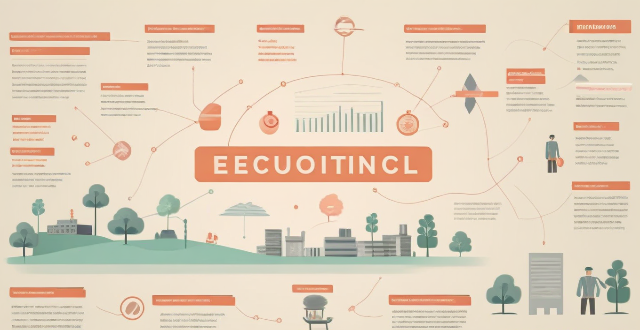
How does climate cooperation impact global economic growth ?
Climate cooperation has a positive impact on global economic growth by fostering new industries, promoting international trade and investment, stimulating innovation and research, enhancing resilience against climate impacts, and encouraging policy coherence and stability.

Can economic growth be compatible with sustainable development ?
Economic growth and sustainable development can coexist through strategies such as promoting green economies, inclusive growth, regulation and policy, technological innovation, and international collaboration.

How do environmental subsidy policies impact economic growth ?
The text discusses the impact of environmental subsidy policies on economic growth, highlighting both positive and negative effects. Positive impacts include stimulating innovation and technology development, enhancing energy efficiency, creating job opportunities, and improving public health. Negative impacts encompass distorting market incentives, increasing government expenditures, potential for carbon lock-in, and global trade implications. It concludes that while environmental subsidies have the potential to foster economic growth, they must be carefully designed to avoid adverse effects and contribute positively to sustainable economic development.

How do climate commitments impact economic growth and development ?
The impact of climate commitments on economic growth and development is multifaceted, with both positive and negative aspects. On the positive side, these commitments stimulate innovation in renewable energy sources and energy efficiency, create new markets for green products and services, improve public health by reducing air pollution, and enhance international cooperation. On the negative side, there are transition costs associated with shifting from fossil fuels to renewable energy sources, potential job displacement in traditional industries, trade-offs between environmental protection and economic growth, and unequal distribution of benefits and costs. Despite these challenges, prioritizing sustainability can lead to long-term economic growth while protecting the environment for future generations.

What are the key factors driving the growth of the Chinese economy ?
The growth of the Chinese economy has been driven by several key factors, including government policies and reforms, demographic dividend, globalization and export-led growth, domestic demand and consumption, and environmental sustainability and green growth. These factors have collectively contributed to rapid economic development in China over the past few decades. However, ongoing challenges such as demographic changes, environmental concerns, and global economic uncertainties require continued adaptation and innovation to sustain future growth.

How can governments promote energy efficiency through policies and incentives ?
Energy efficiency is crucial for sustainable development, and governments can drive it through various policies and incentives. Implementing energy efficiency standards like MEPS and labeling programs, providing financial incentives such as tax credits and grants, enforcing regulatory measures including energy audits and carbon pricing, enhancing public awareness and education, supporting R&D, and fostering international cooperation are effective strategies. These measures can lead to a more sustainable future with reduced environmental impact and increased economic benefits.

What is the ideal temperature for indoor plant growth ?
Indoor plants generally thrive in temperatures between 65°F to 75°F during the day and slightly cooler at night, along with proper humidity and air circulation. Maintaining these conditions helps promote healthy growth and flowering. Use a thermometer, avoid drafts, and adjust heating or cooling as needed to keep plants comfortable.

How do international standards and certifications affect industrial energy efficiency practices ?
International standards and certifications significantly influence industrial energy efficiency practices by setting uniform benchmarks, driving innovation, enhancing reputation, promoting transparency, supporting regulatory compliance, and leveraging resource efficiency. These standards provide a framework for continuous improvement, drive technological advancements, expand market opportunities, ensure accountability, align with policies, reduce waste, and offer cost benefits. As sustainability becomes a global priority, adherence to these standards will be crucial for industrial competitiveness and success.
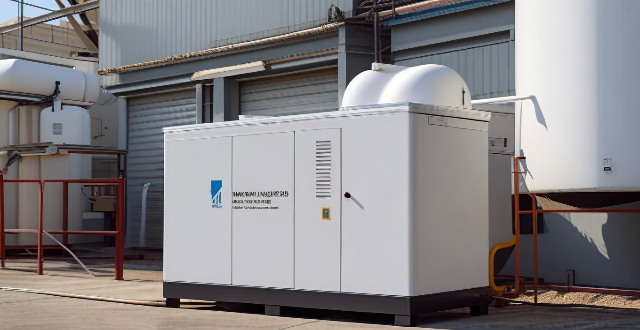
How do changes in immigration policy influence economic growth ?
Changes in immigration policy can have a significant impact on economic growth by increasing the labor force, promoting diversity, increasing consumer spending, reducing wage inflation, and increasing tax revenue.
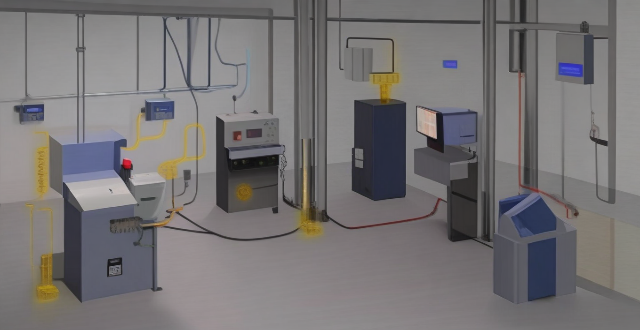
How does a speed controller contribute to energy efficiency in machinery ?
Speed controllers enhance energy efficiency in machinery by reducing energy consumption, improving motor efficiency, optimizing processes, and minimizing standby power use.

Are there any specific diets that enhance exercise efficiency ?
Yes, there are specific diets that can enhance exercise efficiency. These include a high-carbohydrate diet for energy, a low-fat diet for weight management and cardiovascular health, a high-protein diet for muscle recovery and maintenance, and a plant-based diet for optimal nutrient intake. Examples of foods in each diet category are provided, along with the benefits they offer for exercise efficiency. It is recommended to consult with a healthcare professional before starting any new diet plan.
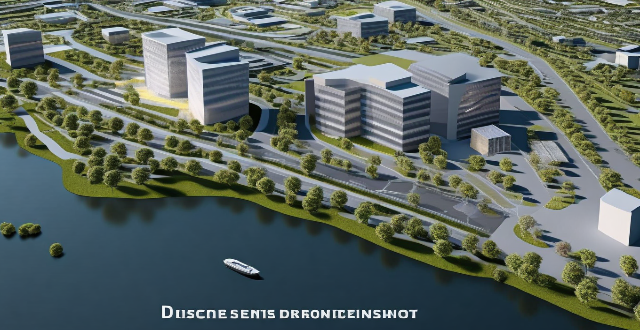
What are the current building energy efficiency standards ?
The text discusses building energy efficiency standards, which are regulations and guidelines designed to reduce energy consumption. These standards promote sustainable development, reduce greenhouse gas emissions, and improve indoor air quality. The text lists seven key areas for improving energy efficiency: insulation and air tightness, heating, ventilation, and air conditioning systems, lighting systems, renewable energy sources, water efficiency, building materials and construction practices, and energy management and monitoring. Each area includes specific strategies and technologies that can be employed to increase energy efficiency.

What is the ideal percentage of income to save for wealth growth ?
This text discusses the importance of saving a portion of one's income for wealth growth and explores factors such as personal financial situation, financial goals, lifestyle choices, and income level that determine the ideal savings rate. It also provides general guidelines for saving, including starting small, increasing gradually, and aiming for at least 20% of income.
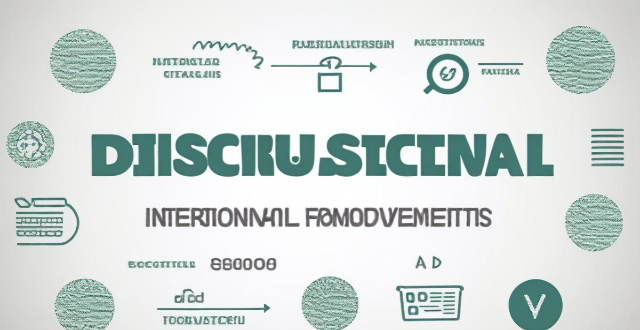
What role do international aid and foreign investments play in the economic growth of low-income countries ?
The text discusses the crucial role of international aid and foreign investments in promoting economic growth in low-income countries. It highlights how these two factors contribute to development by providing financial resources, technical expertise, and market access. The text also emphasizes the need for effective and transparent use of these resources to maximize their impact on sustainable economic growth.
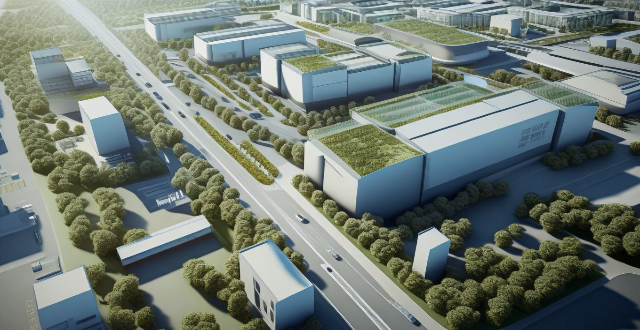
How can Smart Grid Technology improve energy efficiency ?
Smart grid technology is transforming the energy sector by integrating advanced communication technologies, automated controls, and innovative sensors to create a more efficient, reliable, and sustainable energy system. Key features of smart grid technology include Advanced Metering Infrastructure (AMI), Distributed Energy Resources (DERs), Demand Response (DR) Programs, and Electric Vehicles (EVs). The benefits of smart grid technology on energy efficiency include improved load management through peak shaving, demand side management, and dynamic pricing; increased renewable energy integration through microgrids, grid balancing, and energy storage systems; optimized transmission and distribution through self-healing networks, predictive maintenance, and reduced transmission losses; and enhanced customer engagement and participation through consumer education, incentives for energy efficiency, and community solar programs. Overall, smart grid technology offers numerous opportunities to improve energy efficiency across various sectors of the energy industry while transitioning towards a more sustainable future with reliable and efficient energy delivery for all consumers.

How have building energy efficiency standards evolved over time ?
The evolution of building energy efficiency standards has been significant over the years, with a focus on reducing energy consumption and environmental impact. Early beginnings saw little consideration for energy consumption, leading to high utility bills and greenhouse gas emissions. The rise of energy conservation in the 1970s led to the development of the first building energy efficiency standards, focusing on measures such as improved insulation and efficient heating and cooling systems. The advent of green buildings in the 1990s brought new standards that minimized environmental impact through the use of renewable energy sources and sustainable materials. Technology has played a significant role in improving energy efficiency, with advances such as smart thermostats and LED lighting. Looking to the future, there is likely to be a greater emphasis on reducing energy consumption in buildings, leading to stricter standards and the development of new technologies. Overall, building energy efficiency standards have evolved to become an essential part of modern building design and construction.
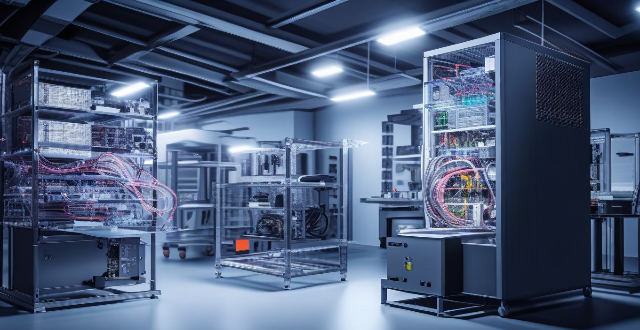
How has the adoption of Industry 4.0 technologies influenced energy efficiency in manufacturing ?
Industry 4.0 technologies significantly impact energy efficiency in manufacturing by enabling precision and optimization, data-driven decision making, resource management, promoting sustainability, and enhancing employee engagement. These advancements contribute to a future where smart manufacturing and sustainability are intertwined.

How do I invest my money wisely for long-term growth ?
Investing wisely for long-term growth involves setting financial goals, creating a diversified portfolio, considering risk tolerance, investing for the long-term, and monitoring investments regularly.
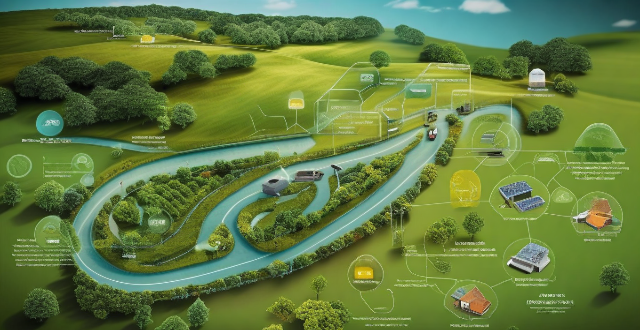
How do smart grids help in achieving better energy efficiency ?
Smart grids, through their advanced digital communication technology, play a pivotal role in enhancing energy efficiency. They achieve this by optimizing power generation and distribution, managing energy consumption effectively, improving system reliability, encouraging sustainable practices, and leveraging data analytics. Features like demand response, distributed generation, smart meters, load balancing, peak shaving, self-healing capabilities, predictive maintenance, dynamic pricing, and electric vehicle integration contribute to these efficiency improvements. As we move towards a more connected future, smart grids will continue to drive efforts towards a more energy-efficient global landscape.
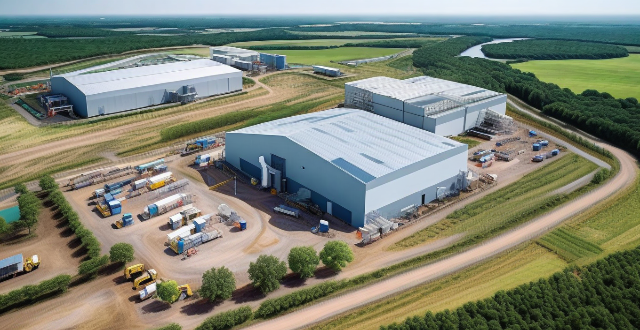
How do building energy efficiency standards affect the construction industry ?
Building energy efficiency standards have a significant impact on the construction industry by affecting cost implications, design philosophy, regulatory compliance, and market trends. These standards require higher initial costs due to advanced technologies and materials but offer long-term benefits like reduced energy consumption and maintenance costs. They also shift the focus of design towards energy performance and sustainability, leading to integrated design processes and innovative solutions. Compliance with these standards is crucial to avoid penalties and legal issues, while certifications like LEED or WELL can provide a competitive advantage. Finally, building energy efficiency standards influence market trends by driving demand for sustainable construction methods and educating clients about their benefits.

How do distributed energy systems contribute to energy efficiency and sustainability ?
Distributed energy systems (DES) play a significant role in improving energy efficiency and sustainability. DES refers to a comprehensive energy utilization system located near the end-users, which can operate independently or in conjunction with the grid. It encompasses various technologies such as combined heat and power (CHP), renewable energy, energy storage, and fuel cells. Here is a detailed exploration of how distributed energy systems contribute to energy efficiency and sustainability: 1. **High Energy Efficiency** - **Combined Heat and Power (CHP)**: CHP systems generate both electricity and heat simultaneously, providing an overall efficiency of up to 80%-90%. This is considerably higher than traditional centralized power plants, which typically have an efficiency of around 40% for advanced coal-fired power plants. - **Energy Cascade Utilization**: Distributed energy systems utilize energy cascading, where the byproducts of one process are used as inputs for another. For example, waste heat from electricity generation is used for heating or cooling, maximizing energy utilization. - **Reduced Transmission Losses**: Due to their proximity to consumers, DES reduces the need for long-distance transmission of electricity, thereby minimizing transmission losses compared to centralized power systems. 2. **Environmental Protection** - **Low Emissions**: Distributed energy systems often use clean energy sources like natural gas, solar, and wind, which have lower emissions compared to traditional coal or oil combustion. - **Renewable Energy Integration**: Distributed energy systems can easily integrate renewable energy sources like solar panels and wind turbines, promoting the use of sustainable energy. - **Waste Reduction**: By using waste heat and integrating multiple forms of energy production, DES helps reduce energy waste and its associated environmental impact. 3. **Economic Benefits** - **Cost Savings**: Distributed energy systems can reduce energy costs by decreasing transmission and distribution expenses. They also provide more stable energy prices compared to fluctuating grid rates. - **Infrastructure Investment Reduction**: Since DES requires less infrastructure compared to large-scale power plants and transmission networks, it can lead to significant cost savings in infrastructure investment. - **Market Potential**: The development of DES has opened up new markets and business opportunities, especially in the sale and maintenance of distributed energy equipment. 4. **Enhanced Reliability and Resilience** - **Decentralized Architecture**: The decentralized nature of DES means that if one system fails, others can still operate, ensuring continuous energy supply. - **Storm and Disaster Resilience**: During large-scale disasters or extreme weather events, DES can serve as a crucial energy source when centralized power systems fail. 5. **Promotion of Smart Grid Development** - **Integration with Smart Grids**: Distributed energy systems can be integrated with smart grids, enabling two-way flows of electricity and information, which enhances overall grid efficiency and responsiveness. - **Demand Response Management**: DES allows for better demand response management, where consumption can be adjusted based on real-time supply and demand conditions, further enhancing energy efficiency. Additionally, there are several challenges and considerations for the widespread adoption of distributed energy systems: - **Technical Challenges**: The integration of multiple energy sources requires advanced technical expertise and sophisticated control systems. - **Policy Support**: While policies increasingly support DES, more comprehensive regulations and incentives are needed to encourage wider adoption. - **Economic Viability**: Although DES offers economic benefits, the initial investment can be high, which may limit access for some users. In summary, distributed energy systems contribute significantly to energy efficiency and sustainability through high energy utilization efficiency, environmental protection, economic benefits, enhanced reliability and resilience, and promotion of smart grid development. Despite certain challenges, the advantages of DES make it a critical component of future energy strategies.
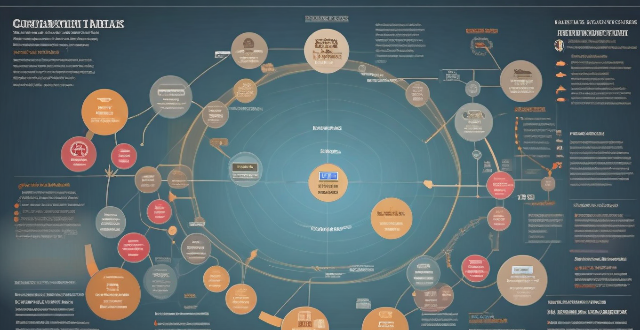
How do regulations affect the growth of the commercial space industry ?
Regulations significantly influence the growth of the commercial space industry by providing a framework for innovation, ensuring safety and security, promoting competition, addressing environmental concerns, and adapting to rapid changes. Effective regulations can facilitate industry growth by reducing uncertainty and lowering barriers to entry, while also protecting public interest through strict safety standards and sustainable practices.

How do global economic trends affect personal wealth growth strategies ?
Global economic trends significantly influence personal wealth growth strategies by affecting factors such as interest rates, inflation, economic growth, global trade, and political stability. Understanding these trends helps individuals make informed decisions about investments and financial planning.

How does regenerative braking contribute to the efficiency of an EV ?
Regenerative braking in electric vehicles is a technology that converts the kinetic energy usually lost during braking into electricity, which can be stored in the battery and used to power the vehicle. This process significantly contributes to the efficiency of an electric vehicle (EV) by reducing energy consumption and extending the driving range. The key points include energy recovery, battery lifespan, reduced wear and tear, and improved fuel economy. The process involves detecting deceleration, motor acting as a generator, energy storage, and brake blending. The benefits of regenerative braking include increased efficiency, longer range, less battery depletion, and environmentally friendly. Regenerative braking plays a crucial role in enhancing the efficiency of electric vehicles by recycling energy that is typically lost during conventional braking methods.
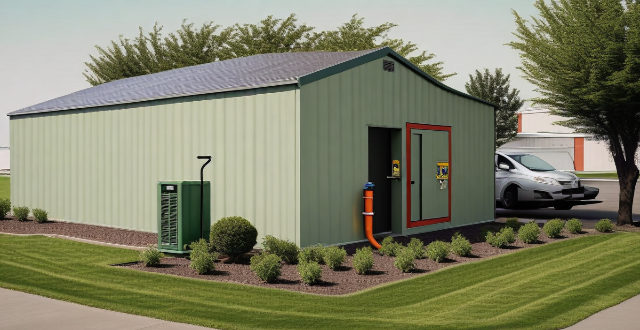
What is the relationship between energy efficiency and climate change, and how can it contribute to energy security ?
Energy efficiency is crucial for mitigating climate change and enhancing energy security. It reduces greenhouse gas emissions by decreasing fossil fuel consumption, lowering energy production needs, and promoting renewables. Energy efficiency also contributes to energy security by diversifying sources, reducing costs, and improving system reliability.

How does the design of a building impact its energy efficiency ?
This text discusses the impact of building design on energy efficiency, focusing on orientation and layout, insulation and airtightness, windows and doors, lighting and electrical systems, and HVAC systems. It highlights that a well-designed building can significantly reduce energy consumption and improve indoor comfort, while a poorly designed one can lead to high energy costs and discomfort for occupants. The text provides various strategies and considerations for each aspect of building design to achieve energy efficiency.

How can architects and designers incorporate building energy efficiency standards into their work ?
Incorporating Building Energy Efficiency Standards into Architectural and Design Work: - Understanding Energy Efficiency Standards: Research current standards, analyze local climate data. - Design Strategies for Energy Efficiency: Orientation and site layout, insulation and envelope performance, HVAC, lighting and electrical systems, water efficiency. - Material Selection: Sustainable materials, recycled content. - Technology Integration: Building automation systems, solar technology. - Collaboration and Communication: Team collaboration, client education. - Post-Occupancy Evaluation: Monitor performance, feedback loop.

Can playing sports improve one's self-confidence and personal growth ?
Playing sports can contribute to self-confidence and personal growth by developing skills, overcoming challenges, fostering teamwork and support, promoting discipline and responsibility, encouraging goal setting and achievement, and enhancing social interaction and empathy. Incorporating sports into one's lifestyle can be highly beneficial for overall well-being and personal development.